Winter is tough, especially for our furry friends living on the streets. Have you ever wondered how to help feral cats stay safe & warm during winter? You're not alone. This article will guide you through practical steps to keep them safe and warm.
From setting up a cozy shelter to food considerations during the frosty weather, we'll give you some insights. So, grab a warm cup of tea, and let's dive into making a difference in a feral cat's life this winter season!
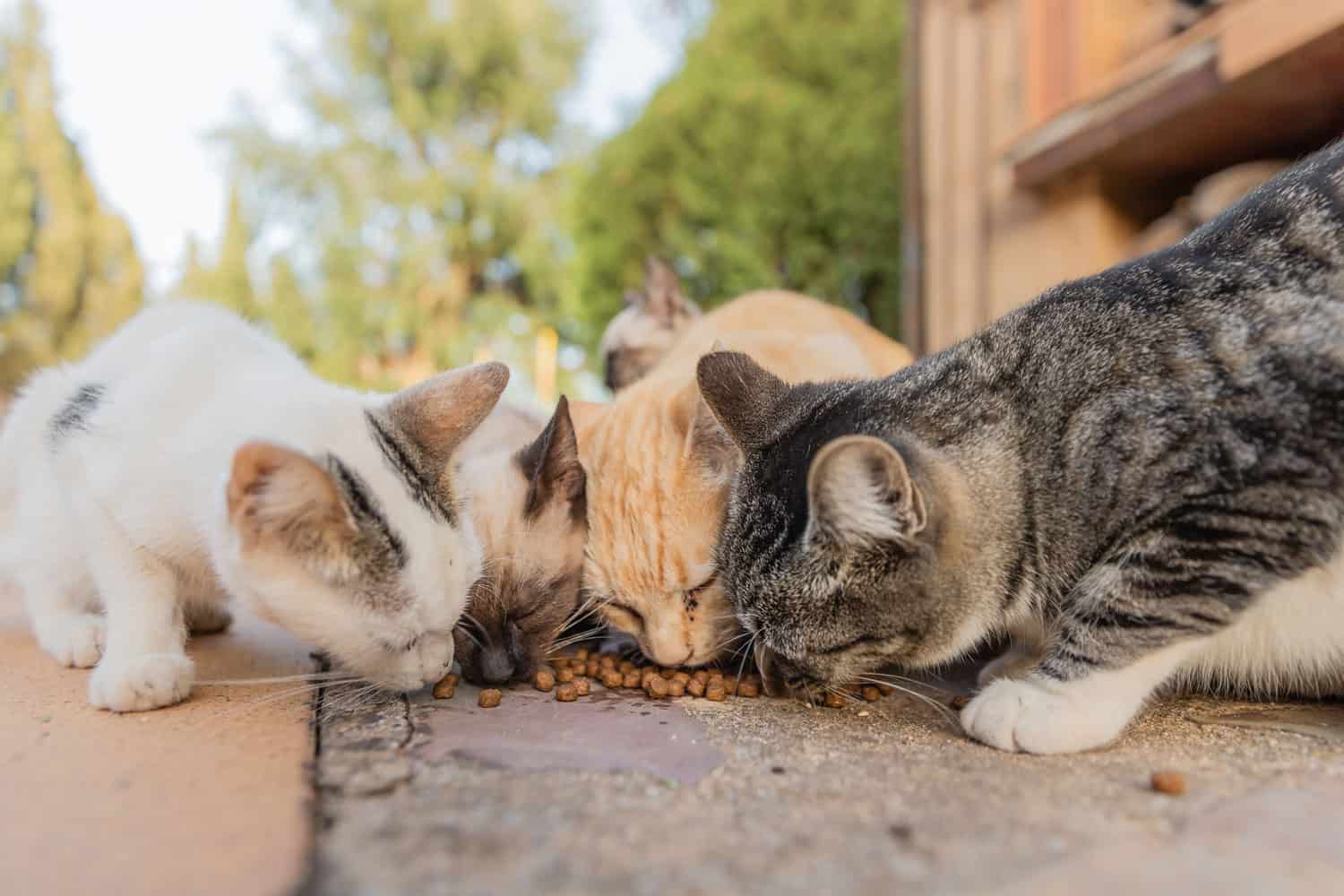
A Helping Hand for Stray Cats: Basic Needs
Winter can be harsh, but it's possible to make it more bearable for stray cats. If you're taking care of an outdoor cat that resists or is unable to move indoors, here's what you can do.
First, understand that their needs aren't complex. They seek what we all do - shelter, sustenance, water, and safety. In the colder months, these needs become more critical. With your assistance, these cats can enjoy a safer, warmer winter.
Preparing a Shelter for Feral Cats
Choosing the Right Shelter
Whether it's a repurposed dog house, a store-bought shelter, or a homemade one, providing a warm refuge is crucial. It will protect the cat from rain, snow, wind, and freezing temperatures. Opt for smaller shelters as they retain heat more effectively.
Considering the Size
If you're caring for a colony, choose shelters that can accommodate three or more cats. This ensures everyone stays warm during the chilly nights. For fewer cats, a smaller shelter requiring less body heat suffices. A 2' X 3' box standing at least 18 inches tall serves the purpose well.
Discouraging Unwelcome Visitors
Keep the entry small, about 6"–8", to dissuade other animals, such as possums or raccoons, from intruding. If repurposing dog houses, consider reducing the doorway size.
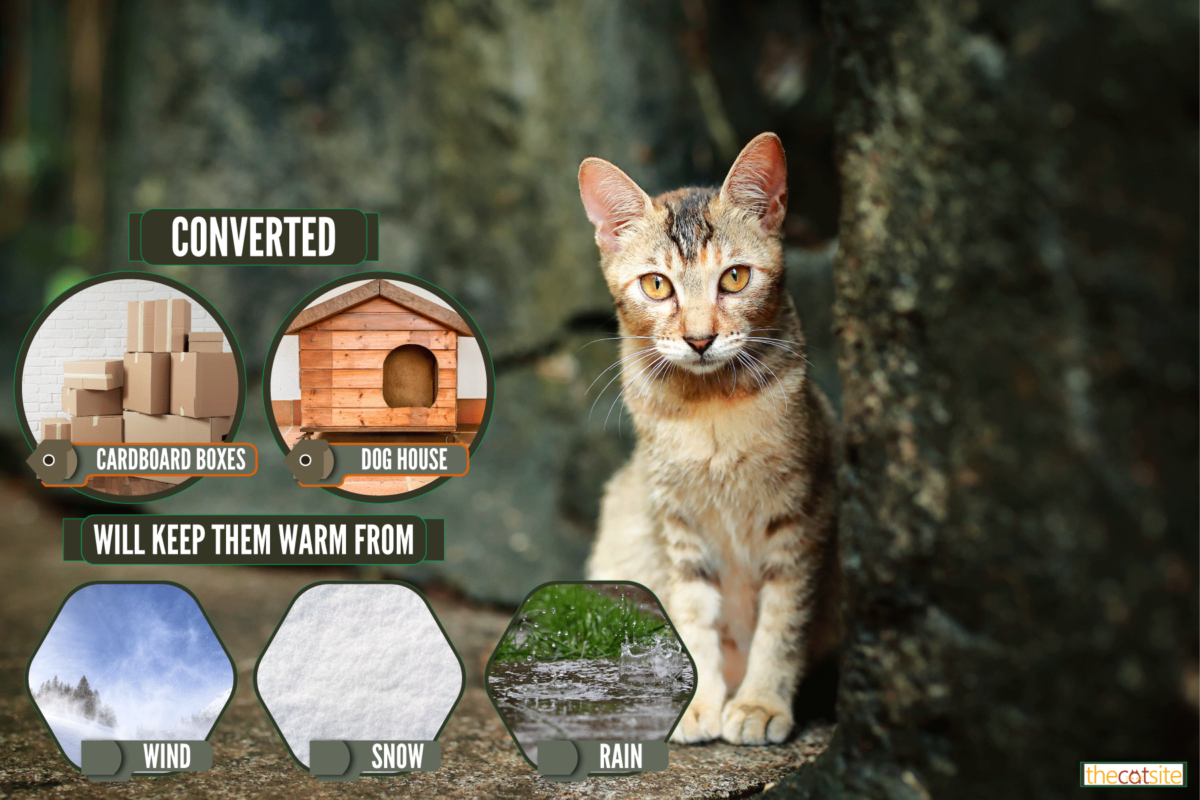
Enhancing Shelter Comfort and Safety
Shelter Additions
Add a plastic flap to keep out the rain or snow. A hinged top allows easy access for changing bedding or placing bowls of dry food.
Insulation Matters
Use straw for insulation, and change it when it becomes dirty or wet. Avoid using hay, blankets, or newspapers, as these materials absorb water and stay damp.
Special Insulation for Infrequent Checks
If regular checks aren't possible, line the shelter with Mylar or similar heat-retaining blankets. These materials reflect body heat, providing additional warmth.
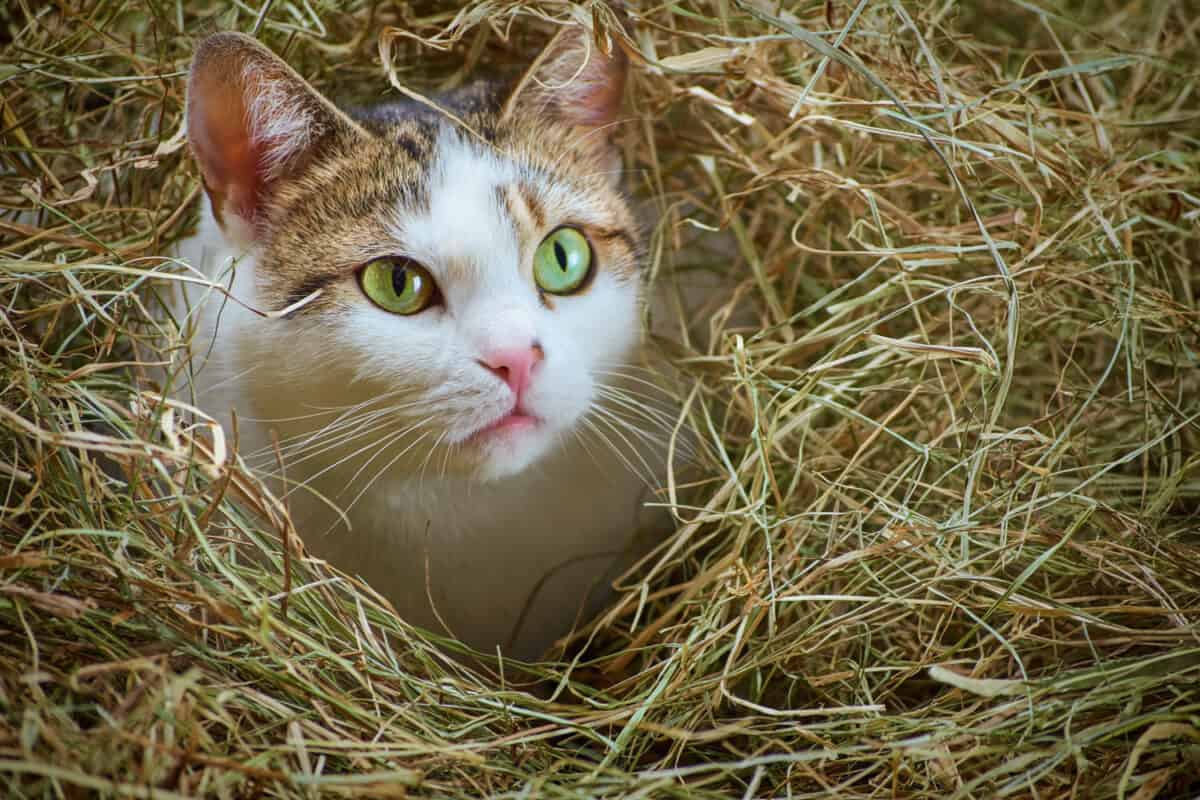
Placement and Maintenance of the Shelter
Elevating the Shelter
Raise the shelter off the ground to prevent cold and wet conditions from seeping in. A wooden pallet serves as a sturdy base.
Budget-friendly Options
Creating shelters doesn't have to be expensive. Seek scrap lumber from home supply stores or organize a shelter-building party. It's a great opportunity to raise awareness about stray cats.
Keeping the Shelter Discreet
If privacy is a concern, make sure the shelter isn't visible from the streets or common areas. Conceal it behind foliage or bushes for discretion.
When a Shelter Isn't Feasible
In cases where a typical shelter isn't an option, placing straw near or under a bush can provide some warmth and comfort.
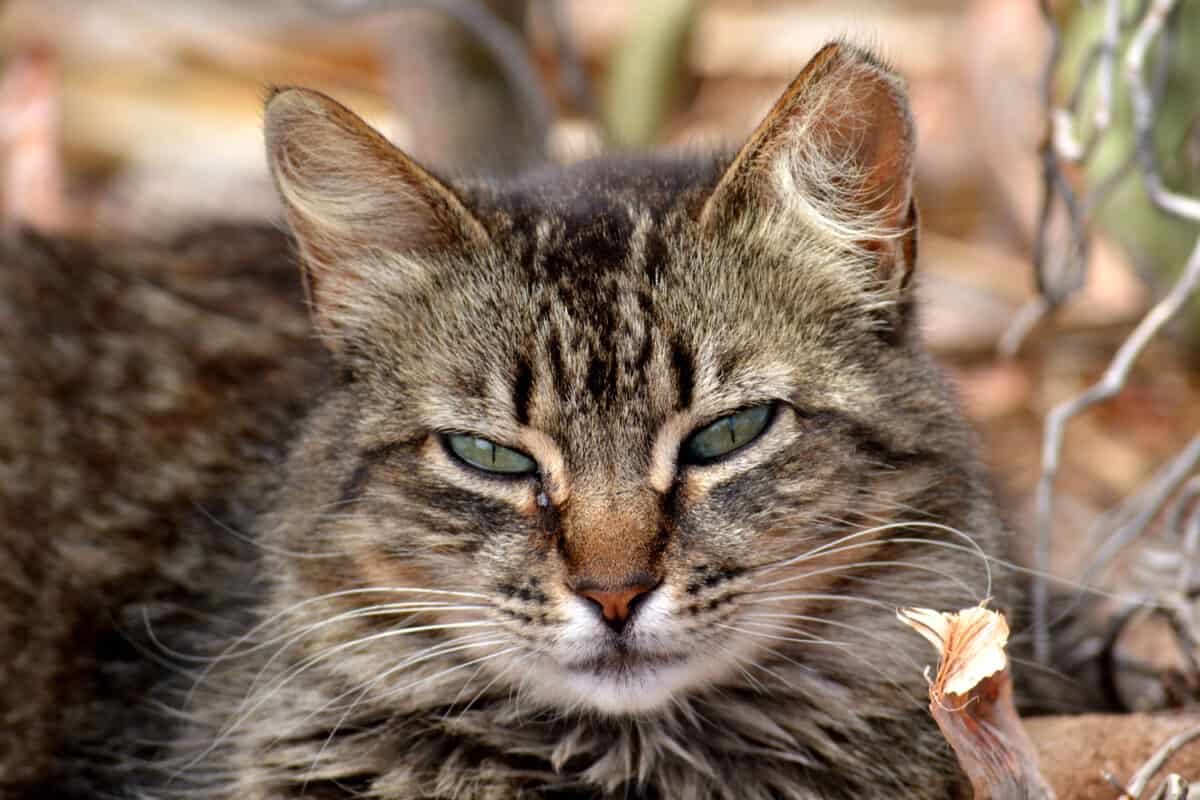
Don't put water in the shelter. The bowl can be turned over as the cats jostle for a comfy spot. Wet, cold bedding is worse than none at all.
Check for heated water bowls at the pet supply store or change them often, so they aren't a block of ice when Kitty's thirsty. Use deeper bowls instead of wide ones, so it takes longer for the water to freeze.
Refill with hot or warm water. Dark-colored water bowls absorb sun heat to keep the water liquid.
SIGN UP FOR THECATSITE'S EMAIL UPDATES >
Winter Food Considerations for Stray Cats
Creating a Feeding Station
Place two shelters facing each other with about two feet of space in between. Place a board across the top to create a protected space below. This spot is ideal for placing food and water, granting easy access for the cats.
Scheduling Feeding Times
Learn the cats' schedule by observing their comings and goings. This helps determine the best time to put food out, minimizing the attraction of unwanted creatures like birds, possums, and raccoons.
What If Your Schedules Don't Match?
Don't worry if the cats' schedule doesn't match yours. Put out food regardless. They will find it and adjust their schedule accordingly. The feeding station should be elevated off the ground for cleanliness.
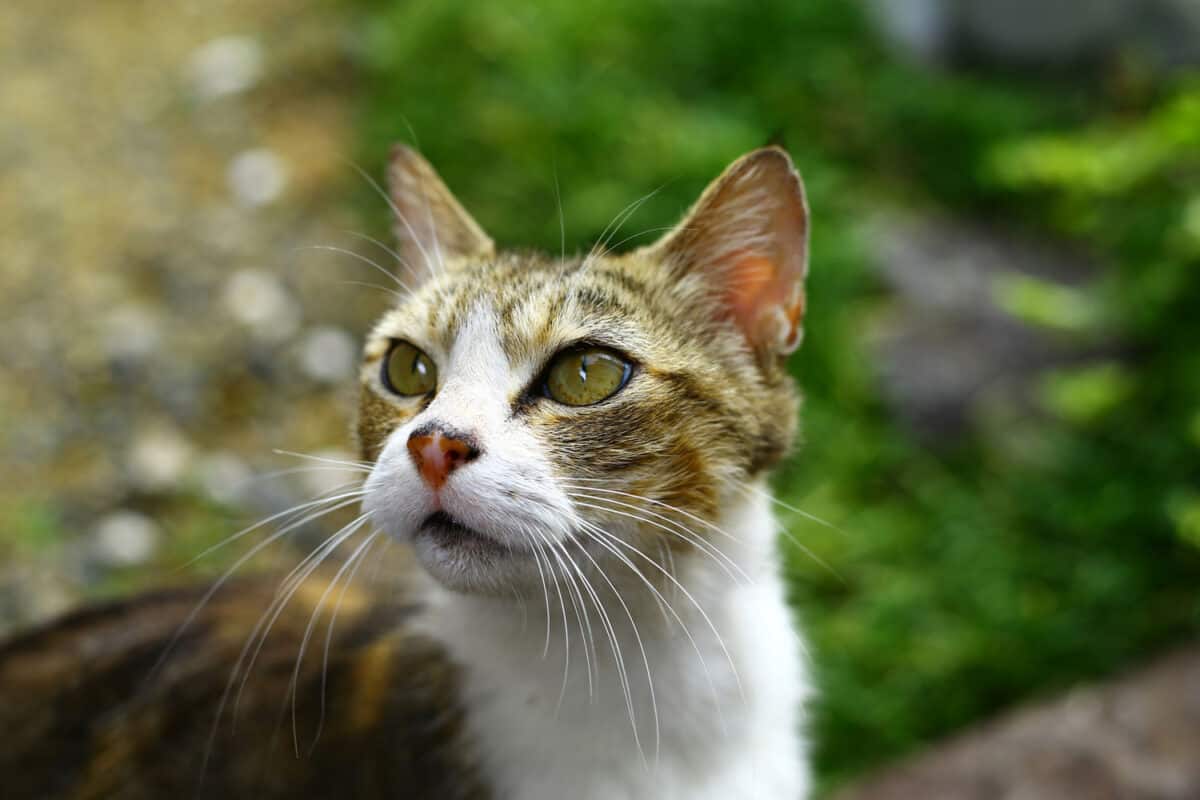
Meeting Nutritional Needs During Winter
Catering to Latecomers
Ensure latecomers aren't met with empty bowls. If bowls are emptied within fifteen minutes, provide additional food. Remember, during winter, cats need more calories to stay warm.
The Benefit of Wet Food
Wet food, easier to digest, helps cats conserve energy. Try warming canned food before placing it at the feeding station for added warmth.
Long-distance Care
If you live far from the cat colony, heat the food and store it in a thermos during your drive. This ensures the food stays warm upon arrival.
Ensuring Proper Hydration in Cold Weather
Bowl Insulation Techniques
Insulate food bowls by nesting one inside another, creating an air layer for insulation. Applying spray insulation to the bottom of food bowls is also effective.
When The Weather Gets Too Harsh
In extreme weather conditions, consider offering dry food. This ensures the cats have something to eat quickly.
A Note on Water
Avoid placing water bowls in the shelter as they may get knocked over, wetting the bedding. Wet bedding in cold weather is worse than no bedding at all.
Managing Frozen Water Bowls
Consider investing in heated water bowls available at pet supply stores. Alternatively, change water bowls often to prevent them from freezing over. Deeper bowls freeze slower than wider ones.
Warm Refills and Dark-Colored Bowls
Refill with hot or warm water to delay freezing. Dark-colored bowls absorb sun heat, helping to keep the water liquid for longer.
Safety Issues
Before starting the car, look at the top of the tires—is Kitty perched there? Bang on the hood if she climbed up to get warm from the engine after you came home.
Antifreeze is sweet to the taste and deadly to cats and dogs. Use only pet-friendly antifreeze and educate friends and neighbors. Clean up any spills at once.
Shelters can get snowed in, so when you shovel the walk, make a path for Kitty to get in and out.
Clear areas where cats can hide, like under the porch, a bush, or a likely hiding spot. Ice-melting salt is dangerous for pets. Rock salt can cut paw pads. Untreated cuts can become infected. Use only a pet-safe ice melt.
What Else to Do to Help Feral Cats?
TNR (Trap, Neuter, and Return) is important during the winter too.
However, don't attempt this when snow is on the ground or predicted. Wait for plus temperatures—an open-mesh metal trap will expose Kitty to the elements and endanger his life if the weather is frigid or otherwise extreme.
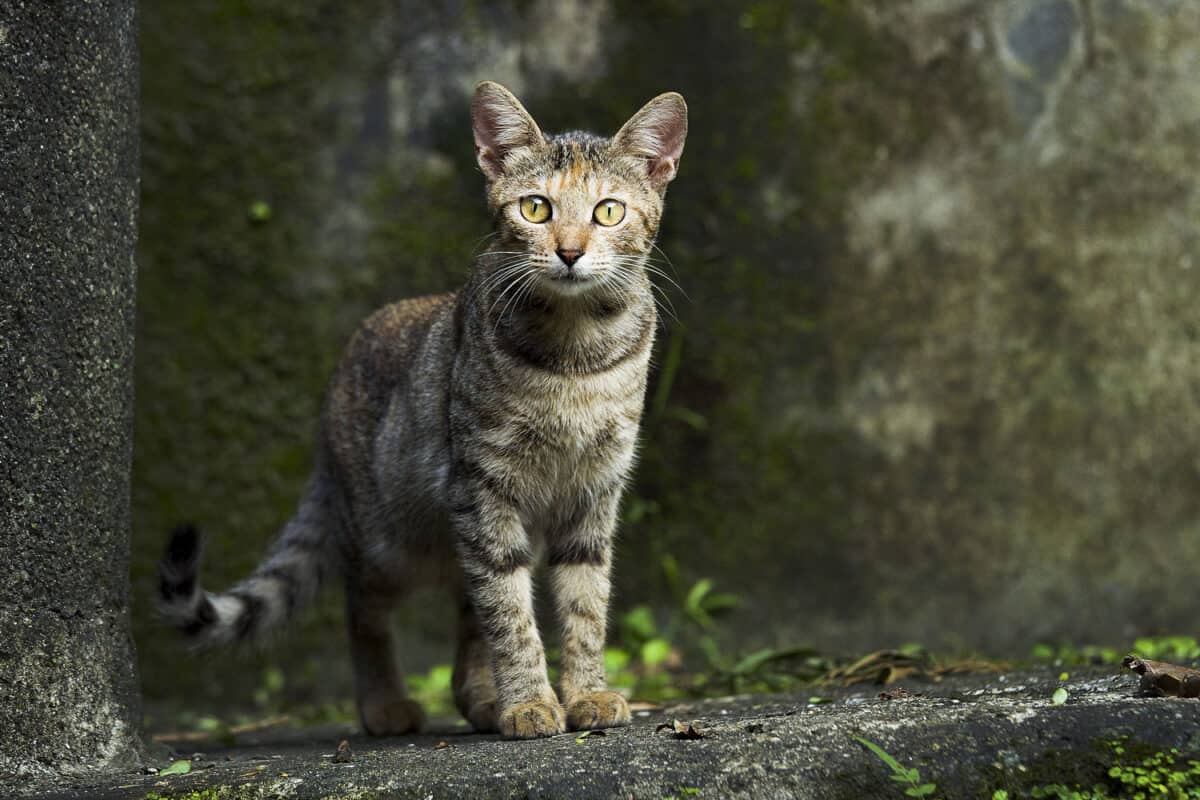
If the cat is stray and not feral, try to coax them indoors. Contact a rescue group for help finding a foster home where they can't stay with you.
Remember, strays and ferals depend on the kindness of strangers. Their lives depend on it. Help out all you can.
SIGN UP FOR THECATSITE'S EMAIL UPDATES >
Comments? Leave them using the form below. Questions? Please use the cat forums for those!
Note: We may get commissions for purchases made through links on this page.


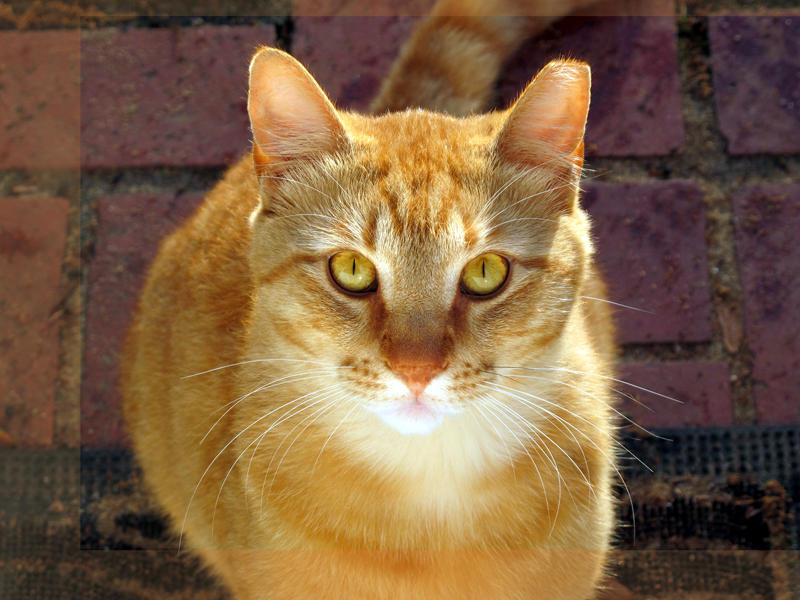

17 comments on “How To Help Feral Cats Stay Safe & Warm During Winter”